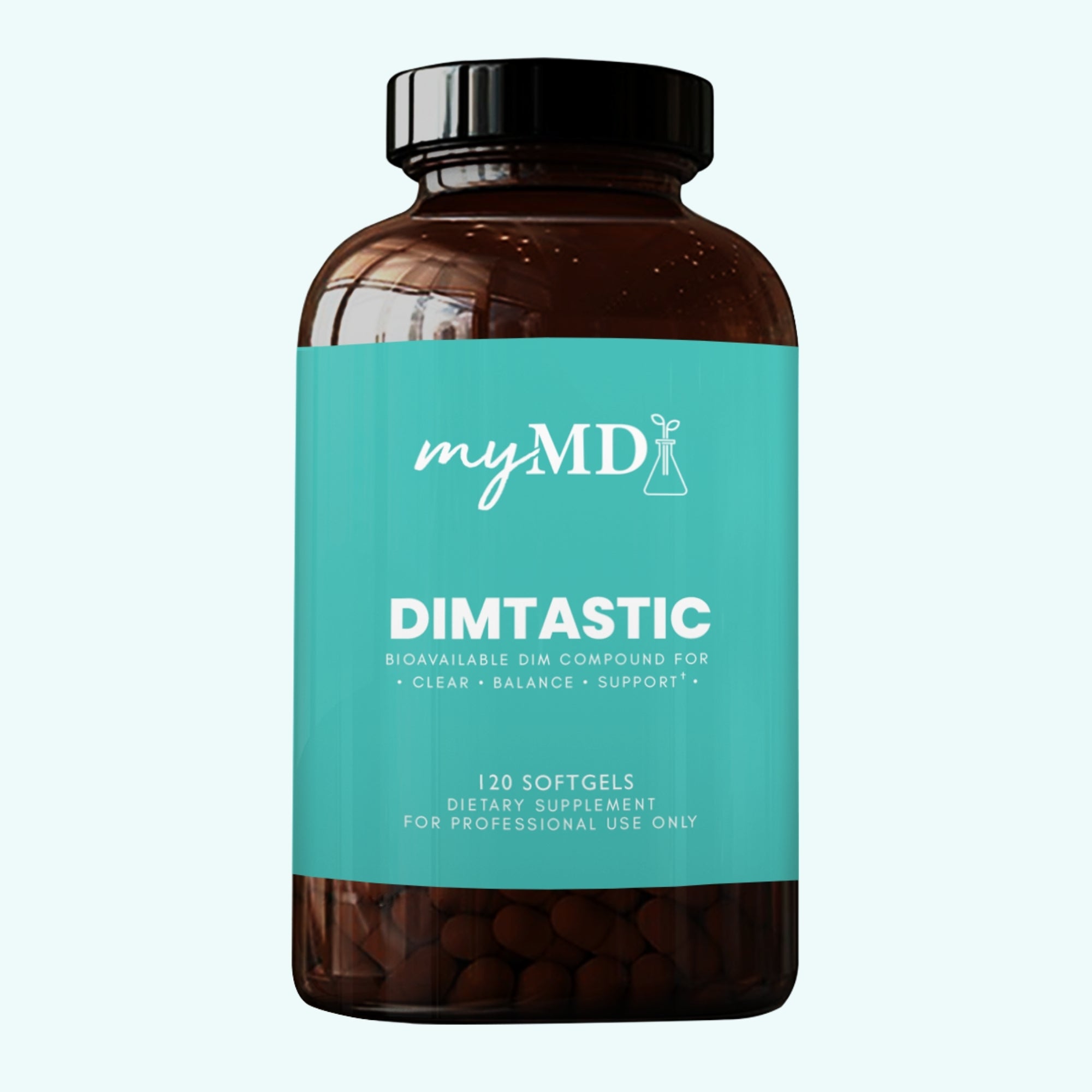
How Angelina Jolie’s Bioidentical Hormone Story Can Help You Battle Autoimmune Disease
Learn About Angelina Jolie’s Controversial Move to Achieve Hormone Balance
A-lister Angelina Jolie experienced plenty of hardship over the last few years.
Her battle to overcome hormone imbalance started with the discovery that she carries a mutated BRCA1. This meant an increase in her risk of acquiring several cancers. With that, she had to make some tough decisions.
She initially underwent a double mastectomy to reduce her risk of breast cancer. And a few years later, she also chose to have her ovaries removed.
Experts agree that this was 100% the right decision. And I also agree with that.
The point of contention lies in her decision to use bioidentical hormones to balance her hormone levels. The internet was up in arms over this decision, and such a response raises a lot of questions for us.
The central problem that we see is that there are clear misconceptions that the public buys into. But perhaps more worryingly, many doctors also believe that there is an issue with this idea of balancing hormones.
What comes out from that misconception is the question of whether hormones are a good or bad thing.
But that’s not the real question, nor is it the right one.
The real question lies in how we can use hormone balancing properly to achieve great results.
Hormone balance is so important because it’s an issue in cancer, symptom control, and menopause. It also plays a huge role in autoimmune disease and other chronic diseases, too.
And the general response shows us that there’s a clear misunderstanding of the role that hormones, specifically the balancing of hormones, play when it comes to long-term health outcomes.
In this article, we take a deeper look at hormones and their role in the development of autoimmune diseases.
Correcting the Misconceptions of Hormone Imbalance
The first thing to understand is that there’s something of a missing link when it comes to hormones.
Why do you think 80% of all autoimmune disease sufferers are women? And why do these diseases tend to strike after a woman delivers a baby? Also, why is there a vulnerable period in women, particularly between the ages of 35 and 45?
Remember Jolie’s story? She’s a mother and fell right into that age bracket when she started to experience issues.
Hormones are so misunderstood by many because we don’t recognize the fluctuations that occur. Additionally, it’s during times of hormone flux from either high to low or low to high that we often see the triggering of many symptoms and diseases.
And in women, massive hormone imbalances happen upon the delivery of a baby and at various other stages of life. This creates a vulnerability that can lead to the onset or worsening of autoimmune diseases if not properly addressed.
But it isn’t just about PMS or heavy periods, even though those symptoms can be severe. Many women also know that their autoimmune conditions worsen when they have their cycles.
This isn’t in only their heads.
This is clearly rooted in the fact that during certain times of the month, some hormones are quickly surging while others are dropping.
These imbalances can either exacerbate any existing symptoms or lead to the creation of new ones in autoimmune or other chronic diseases. For example, women with irritable bowel syndrome or fibromyalgia can experience worsening of symptoms around their cycle that most physicians wouldn’t classify as the typical hormonal-related symptoms.
But the key here is that there isn’t a one-size-fits-all approach to balancing hormones. Physicians also receive little to no training about hormone balance, thus giving women answers like “hormones don’t matter” or “it’s all in your head.”
The approach taken depends on the individual, again as we see with Jolie. She’s undergoing a treatment that benefits her but may not benefit others. That’s because it’s targeted to a specific hormone imbalance, which is estrogen in her case.
Of course, we also cannot ignore that 20% of autoimmune sufferers are men. While perhaps not as vulnerable, there are similar misunderstandings going on when it comes to imbalances in men’s bodies.
In men, it’s not as obviously a hormonal issue because they don’t have clear cut points in their lives when their hormones shift quickly. However, the slower changes in their hormones can clearly trigger and exacerbate many disease states.
How to Overcome Obstacles to Hormone Balance Testing
So, why don’t these hormone imbalances get caught and treated as they should? Why do misunderstandings about the roles that hormones play still permeate the medical community?
Ultimately, there are three issues at play when it comes to doctors and hormones:
- Most doctors have no clue how important a hormone test can be. Furthermore, they have no training on how to do it or how to accurately use the results of tests.
- Many doctors don’t understand what hormone balance is. This means that if they do prescribe hormone treatment, they’re doing it without considering the specific balance of hormones in their clients’ bodies.
- When doctors don’t know about the issues, they give the wrong information to their clients. It’s essentially the blind leading the blind.
Take the case of testing.
There are specific times when you should conduct a hormone test to get the correct results. And yet, many doctors will test at indeterminate times during a person’s cycle. This can lead to them getting erroneous results that don’t show the correct level of imbalance.
Because they do not understand when to test or how to test, they tell patients that they don’t need to be tested or give false conclusions.
The type of testing also makes a big difference. Blood, urine, and saliva testing all have their pros and cons and they tell us different things. However, you’ll likely only undergo one of these tests, assuming you’re lucky enough to get one at all!
There’s also this idea of “normal” when it comes to hormones but normal can mean so many things.
For example, you may have estrogen at the high end of normal and progesterone at the low end. While this shows as normal on a test, there’s a clear imbalance even if the hormones haven’t exited the typical normal range. There are patterns and relationships with these hormones that are more important than the number of each result that doctors do not understand.
It’s this lack of knowledge that plays such a big part in the demonization of hormone-related treatments.
Deeper questions need to get asked regarding the quality of training that the average doctor receives in relation to hormones and testing. However, there also needs to be a focus on educating the public so we don’t have this blind leading the blind situation.
More needs to be done to understand the roles that hormones play in our bodies and how hormone imbalances link to autoimmune disease, cancer, cardiovascular disease, mental health, and other issues.
How to Balance Hormones Naturally and Reverse Autoimmune Disease
So, did Angelina Jolie take the right approach to address her hormone imbalances?
She took the right approach for her case!
But for many others, it’s possible to reverse their autoimmune diseases naturally.
Take Lashay Marie as an example. She’s a client who got diagnosed with Hashimoto’s in 2015. The condition led to an extreme level of fatigue, severe hair loss, and weight gain. Lashay struggled to even work because she couldn’t exactly come across as professional. Would you, if you had full body hives and uncontrollable itching?
And what’s worse, nothing that she tried seemed to work.
Everybody that Lashay went to followed a one-size-fits-all approach.
But that changed when Lashay came to us.
We worked with her to identify the patterns in her own hormone data. Data is king when it comes to addressing hormone imbalances. With us, Lashay took a more targeted approach to redress her imbalances.
She’s now gone down three dress sizes, grown back her hair, and no longer feels extreme fatigue. And she did it all using a natural approach tailored to her specific hormone patterns. Today, Lashay confidently states, “it’s the data, not dogma!”
Get Data and Take Action
The misunderstandings about hormones, imbalances, and therapies come from a lack of training. There is no general approach to these issues. Every person has a unique hormonal pattern that needs to get mapped before they start addressing issues. And it’s through this data that you can create an approach that works for you.
For Angelina Jolie, this involved using bioidentical hormones.
For Lashay Marie, it involved food mapping and various natural treatments. Most importantly, she committed herself to learn about autoimmunity and hormones so that she’s no longer the blind being led by the blind.
You need to find the approach that works for you. And discovering that approach can only come from a deep analysis and understanding of the data and what the patterns are.
Additionally, as there’s no one-size-fits-all, there’s also not just one tool to solve any problem - there are many. And it’s important to learn which of the tools to use and in what order to use them.
That’s where we can help you.
If you’re ready to understand your own hormonal makeup, there are four things that you can do today:
- Join Our Facebook Group – Click Here
- Register for a Training Session – Click Here
- Book a Call With Us – Click Here
- Head to Our Store to Find the Perfect Product For You – Click Here
- To Balance your hormones & get testing - Click here

